By: Nandita Katyal
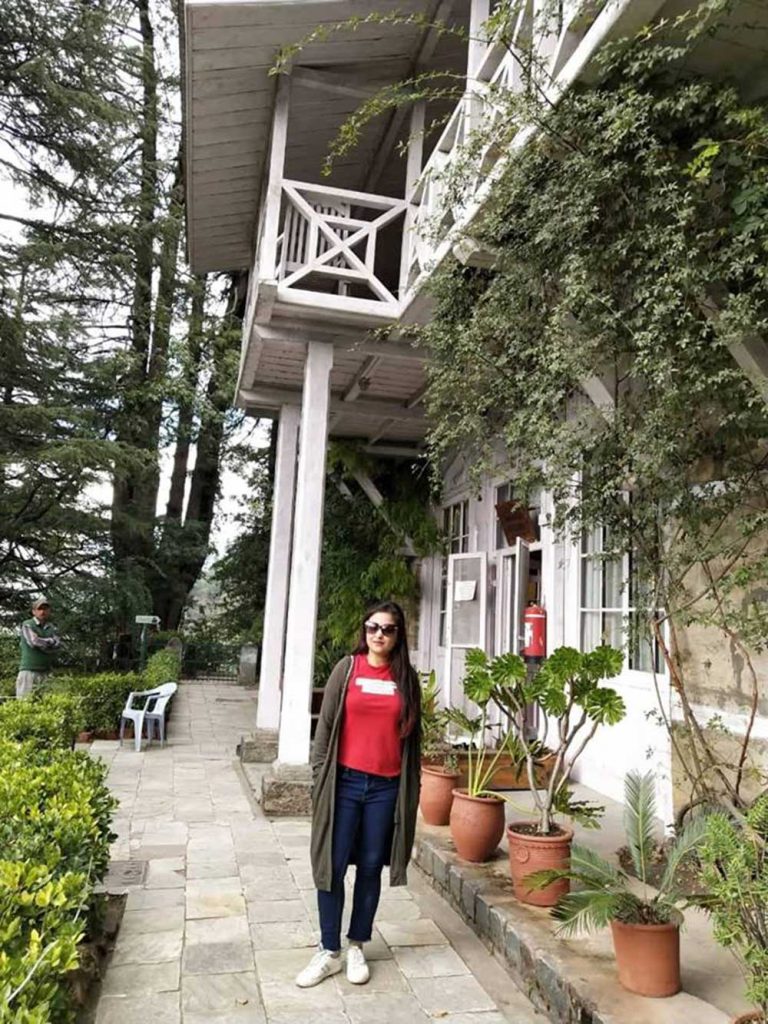
There is something infectious about this quaint little hill town. And there is definitely something more therapeutic in its tranquillizing green environs. However, it took me thirty long years to relive the imprinting memories of the place that had gripped my senses with its captivating aura then. A cache of explicit childhood impressions and a subtle yet bobbling verve craves in as one reaches after the meandering two kilometer steep distance uphill. Perched high on a crag at an altitude of 1800 meters overlooking the Beas River, on way to Manali from Kullu on the left bank and once the seat of erstwhile kings & rulers of the region, Naggar is an instant recipe for soul rejuvenation in that escapade from the uninspiring plains.
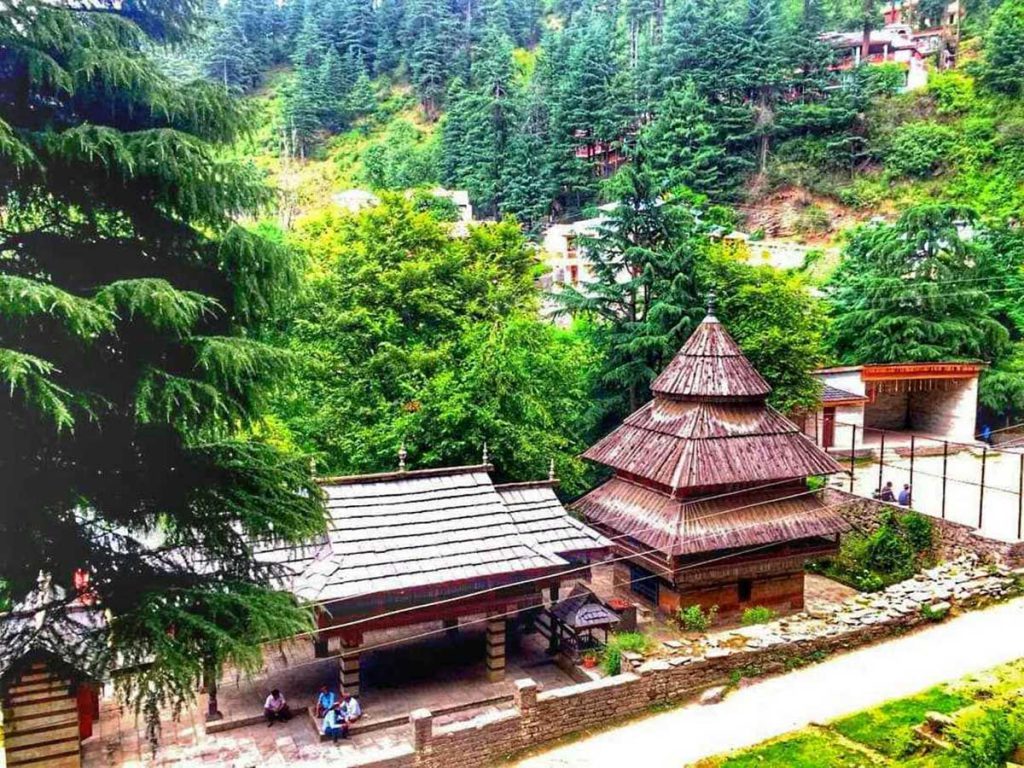
And something that beckons you to pay a visit before you move ahead is the unusually small castle that rests on the edge of a cliff like formation dating back to the sixteenth century. Built out of only stones and wood in the local ‘kathkhooni’ technique, it is still popular with the filmmakers as well as the excited bunch of tourists for its camera friendly location more than its historical past. A walk in the corridor provides some of the most mesmerizing views of the valley with the snowy peaks of Deotiba, Gyenghang and Chandraghani on one side and the town on the other side. Although, during the last visit, it possessed that quintessential primeval feel in its appearance, which was missing post the castle’s facelift. The antiquated structure and its intricate carvings in wood now boast of a bright brown finish.
The track from the castle leading to the famous Roerich art gallery offers a splendid view of the ancient Tripura Sundari temple on the left side which is also built in wood and stone with a conical shikhara atop the double slanted roofs.
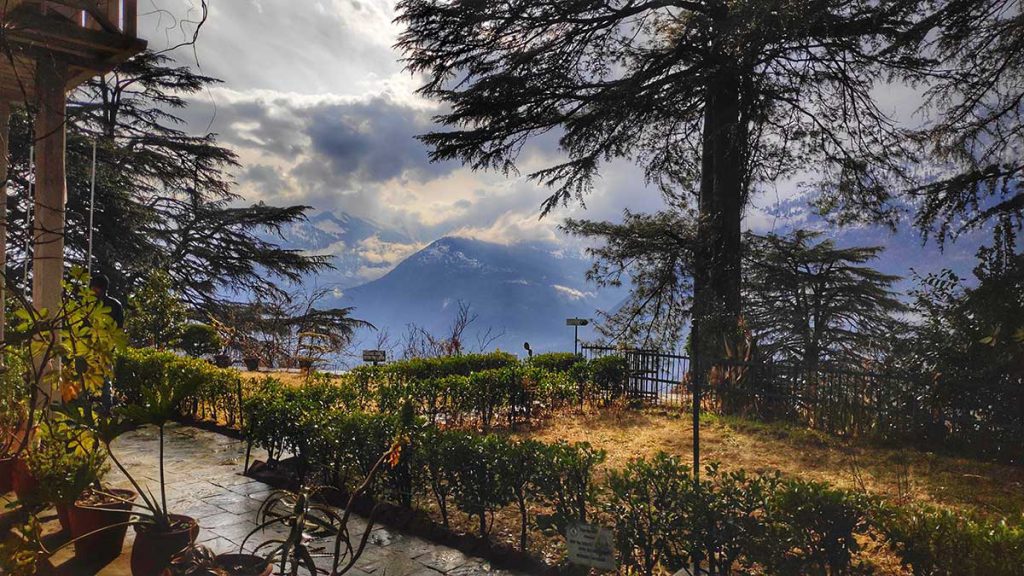
Further, approaching the Roerich’s, nostalgia automatically grips your senses while walking on the path through the well maintained gardens leading to the double story wooden house that overlooks the valley. Once the estate of actress Devika Rani and her famed painter husband Svetsolav Roerich, the son of Nicholas Roerich, it had been converted into International Roerich Memorial Trust which now runs the gallery. A small round of the premises and a glance at his exquisite collection of artwork done in his distinct style of painting the landscapes generally in shades of blue is enough evidence to decipher, why the famous Russian artist Nicholas Roerich immensely loved the place and settled here in the early 20th century. And assuming that the place would not have been so populated as today, the hills must have been more endearing and inspiring for an artist like him.
The Roerich estate has all the material to sit back in silence and inhale the over powering beauty of the place, but the entire village stretch is a predictable mix of the old and the new, a peep into the era gone by and the inevitable requisites of the contemporary world. The uneven one kilometer narrow passage to the Roerich art gallery from the Naggar castle was a mystical sight abound with the healing deodars that restricted the sun’s relaxing rays and housed only an insignificant chunk of civilization. However, this very small village has developed visible traces of urbanization, courtesy the booming tourism sector. Numerous big and small hotels and home stays have mushroomed alongside the modern residential mansions, taking away the charm of the once calm village life that once existed here.
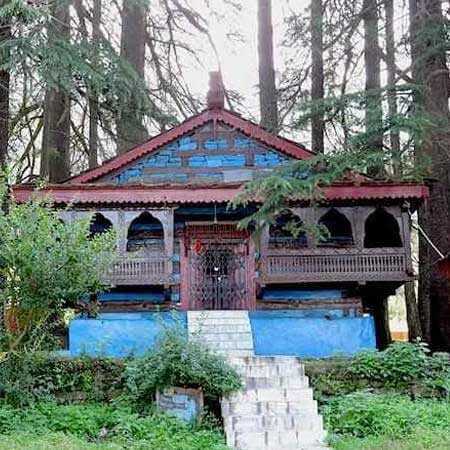
The place has a lot to offer for the inquisitive adventure enthusiasts. But, the Naggar of my childhood memories isn’t the same anymore. Despite the piece of peace it still exudes, unfortunately though, the place has witnessed substantial growth over the past few years. It has more or less evolved into a small town competing with the bigger tourist destinations around, struggling simultaneously to keep its old flavor intact in the time of fierce commercialization.
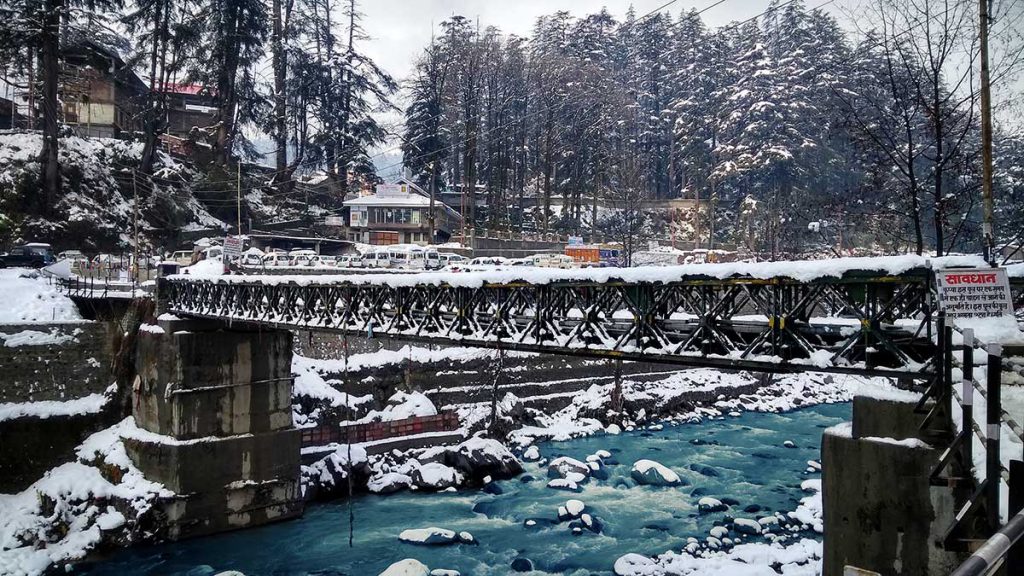
A visit to Naggar pleasantly intensifies one’s appetite for travel as well as strengthens connect with the hills; nonetheless, with a hope to see this place not lose its raw appeal entirely in the days to come.
By: Nandita Katyal